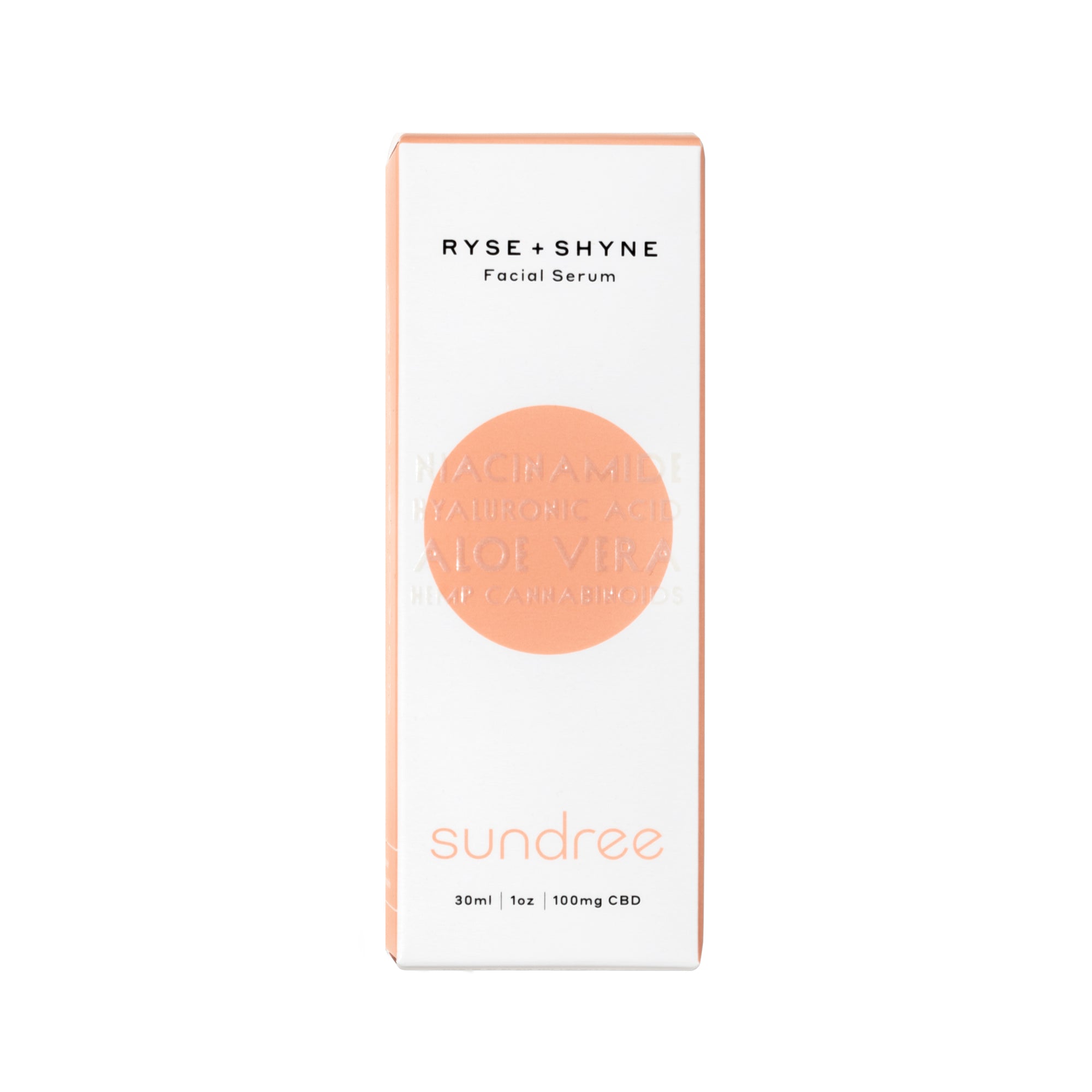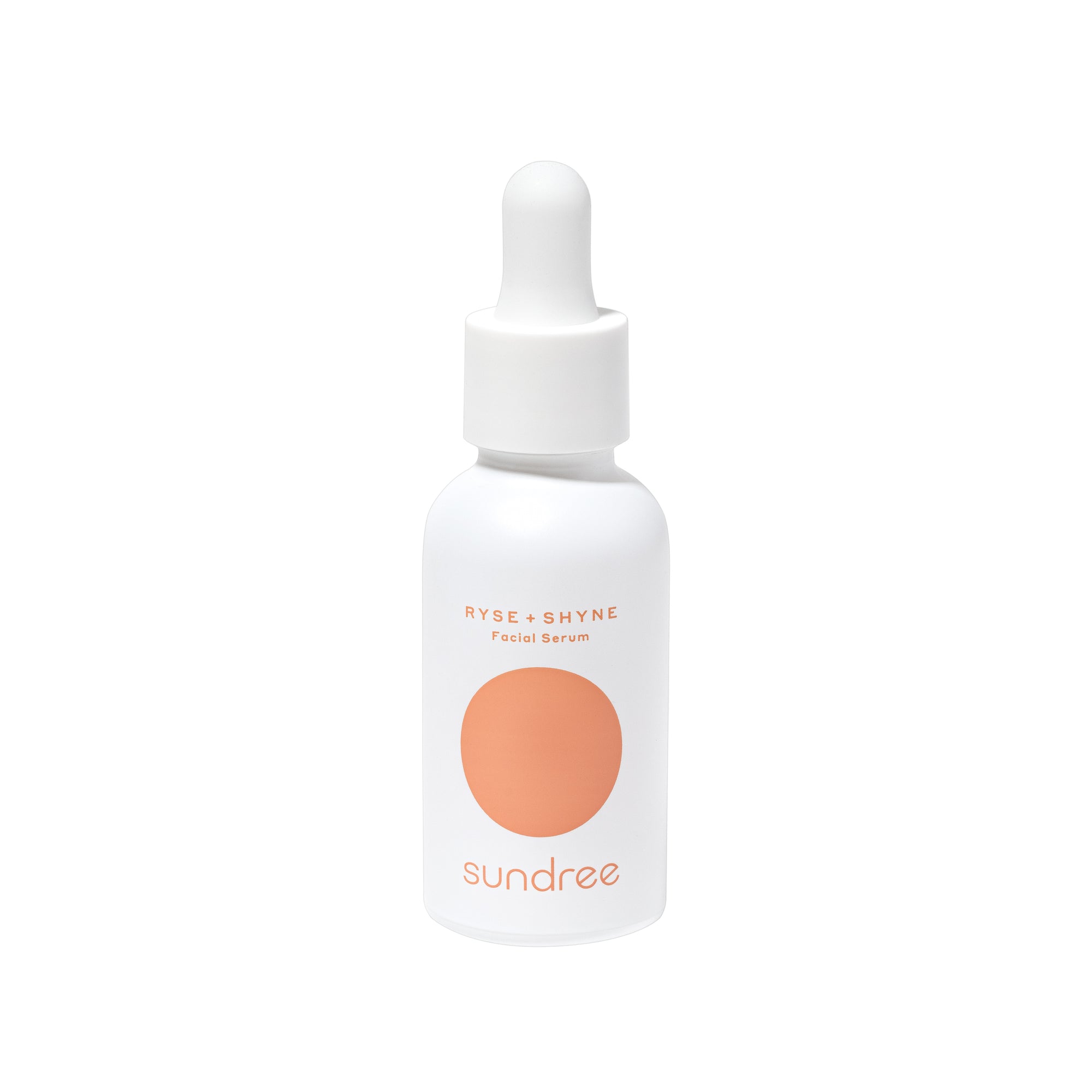Washing the face is a regular ritual for many of us. After all, what could go wrong with simply applying some cleanser or face wash, a little rubbing, and splashing the face with some water, right? Well, you might unknowingly be making serious mistakes while washing your face, which can show up in the form of various skin problems. If these face washing mistakes go unnoticed, they can lead to inflammation, dryness, itching, blackheads, acne breakouts, and even premature signs of aging.
While all you want at the end of a long day is to crawl into your bed after washing your face with a cleanser, you may need to be more careful about getting rid of dirt, sebum, makeup, and other pollutants sitting on your skin. Here’s a list of some common face washing mistakes you might be unaware of:
- Using the Wrong Product - Like any other skincare product, there isn’t a one-size-fits-all cleanser that will work equally for all skin types and woes. However, opting for the correct type of cleanser can make all the difference and help you maintain a clear, smooth, and supple complexion. Whether you have oily, dry, acne-prone, combination, or sensitive skin, choose the formula that suits your particular skin and its problems. You can select from a range of gel, cream, and foam face cleansers available. The right formula can mean the difference between pore-less, hydrated, and radiant skin and dry, irritated, and uneven skin. For oily and acne-prone skin, it's best not to use a cream-based cleanser. Similarly, if you have dry and sensitive skin, a gel or foaming cleanser can worsen your skin’s condition.
- Wrong Water Temperature - Another face washing mistake that many of us frequently make is using very hot or cold water for rinsing the face after cleansing. It’s a common misconception that too hot or cold water can help open or close the pores. In reality, extreme water temperatures don’t affect the pores. Splashing the face with hot water can strip it of its natural moisture, making it prone to dehydration, inflammation, and redness. Hot or cold water may feel refreshing on the skin, but it can lead to undesirable consequences. It’s recommended to use lukewarm water after cleansing the face to avoid harsh skin effects. Lukewarm water is gentle on the skin and cleanses the skin effectively.
- Over-Washing the Face - Overdoing any step of your skincare routine can be more harmful to the skin than beneficial. For example, over-washing or over-cleansing your face can be as bad for the skin as not cleansing it regularly and properly. Over-washing can remove essential oils or moisture from the pores, leaving your skin dry and dehydrated. Dry and dehydrated skin leads to a compromised lipid barrier, which can lead to many skin issues. An unhealthy skin barrier can put the skin at a higher risk of cell damage, dehydration, irritation, acne breakouts, wrinkles, and infections.¹ Therefore, it’s essential to adopt a cleansing routine that ensures your skin doesn’t lose its natural moisture. The ideal number of times to wash your face is twice, once in the morning and in the evening, using a gentle and non-drying formula.
- Incorrect Way of Applying Cleanser - Washing your face isn’t just slathering on some cleanser or face wash and rinsing it off with water. Using your cleanser incorrectly may not allow it to do its job. For instance, applying your face wash to dry skin and washing it off after massaging for some time may not clean the skin efficiently. It’s crucial that you apply your face wash or cleanser to slightly wet or damp skin and gently massage in circular movements for about a minute. This will help the cleanser reach the pores and work thoroughly, allowing it to draw out grime, dirt, bacteria, and other pollutants from the pores.
- Skimping on Face Rinsing - We understand that you might be short on time and need to move fast to get things done in time. However, when it comes to rinsing your face after cleansing or face washing, doing it too quickly may not be favorable for your skin. If you skimp on rinsing after face wash, it may not eliminate the product entirely from the skin and lead to its buildup in the pores, which can cause various skin issues. The accumulation of your cleansing product can clog the pores, paving the way to whiteheads, blackheads, inflammation, and acne breakouts.² Moreover, it can interfere with the absorption of skincare products, including moisturizers, and make the skin dry and dehydrated. Pay attention to your jawline, hairline, and nose while rinsing your face because these areas are often missed during rinsing and become more prone to skin problems.
- Rubbing Towel to Dry the Face - Towel drying is the most common method of drying the face after face washing. Although there is nothing wrong with drying your face with a towel, rubbing it vigorously should be avoided. Tugging and pulling the skin with a towel can cause cell damage and lead to the breakdown of elastin and collagen. Moreover, it can make your inflamed, acne-prone, and dry skin worse by spreading bacteria and causing friction on the skin. To ensure you’re not damaging your skin while towel drying it, gently pat the skin with a clean towel instead of rubbing it.
- Not Removing Eye Makeup - If your cleanser doesn’t remove your eye makeup properly or irritates your eyes, it’s better to use a separate makeup remover to get rid of eye makeup first. If you’re using waterproof eye makeup, it may not come off easily with your regular cleanser or face wash. Many of us make the mistake of rubbing our eyes while washing. This habit can cause premature fine lines and wrinkles around the delicate area of the eyes.³ Avoid the temptation to rub your eye makeup off and opt for an eye makeup remover.
- Not Moisturizing at the Right Time - Should you apply a moisturizer when your skin is still a bit wet or when it’s dry? Well, many of us have this question. It’s important to apply your moisturizer right after washing your face when the skin is still damp. It allows the moisturizer to penetrate deeper and faster into the skin, yielding optimal results for the product. Also, using a moisturizer on damp skin seals moisture in the skin for longer, keeping it hydrated and plump throughout the day.
- Using Facial Wipes - Many of us often rely on facial wipes as a convenient way of removing makeup and debris or other impurities from the skin. However, facial wipes aren’t a good alternative to washing your face, no matter how handy they may seem. They can cause many skin problems because they are not efficient in cleaning the skin. Makeup or facial wipes smear the dirt, sweat, makeup, and sebum around instead of lifting and removing it. The buildup of these contaminants can cause clogged pores, acne breakouts, blackheads, rashes, and irritation. Even if you have to use facial wipes, don’t skip washing your face with your regular face wash afterward.
- Over-Exfoliating the Face - You may know the importance of regularly sloughing away dead skin cells from the skin's surface. While there is no doubt that regular exfoliation is necessary for a fresh, glowing, and smooth complexion, over-exfoliating the skin or exfoliating too often can aggravate the skin and cause unwanted skin issues. On the contrary, not exfoliating the skin enough can make it more prone to skin issues. Therefore, use the right type of exfoliating product and don’t exfoliate the skin more than two or three times per week.
Final Thoughts
Do you make any of the face washing mistakes listed above? You might be spending time and making efforts every day, ensuring you wash your face correctly to get rid of impurities accumulated on your skin's surface, yet don’t realize the face washing mistakes you might be unintentionally making. You can avoid these mistakes by making some corrections to your face washing routine, including finding the right cleanser or face wash, applying it correctly, and avoiding face washing habits that can damage your skin.
We hope this list of common face washing mistakes will help you do it correctly. So fix the face washing mistakes and keep your skin healthy and plump in the long run.
Citations:
- Higuera, Valencia. (2019). ’10 Surprising Causes of Adult Acne (and How to Get Rid of it)’, Everyday Health, Accessed April 27, 2022. Available at: https://www.everydayhealth.com/skin-beauty/acne/10-surprising-causes-acne-adults/
- Cleveland Clinic. (2022). ‘Blackheads’, Cleveland Clinic.com, Accessed April 28, 2022. Available at: https://my.clevelandclinic.org/health/diseases/22038-blackheads#:~:text=Blackheads%20are%20a%20type%20of,Blackheads%20aren't%20pimples.
- Mayo Clinic Staff. (2021). ‘Wrinkles’, Mayoclinic.com, Accessed April 28, 2022. Available at: https://www.mayoclinic.org/diseases-conditions/wrinkles/symptoms-causes/syc-20354927#:~:text=Moisturize.,any%20improvement%20in%20your%20skin













